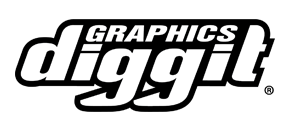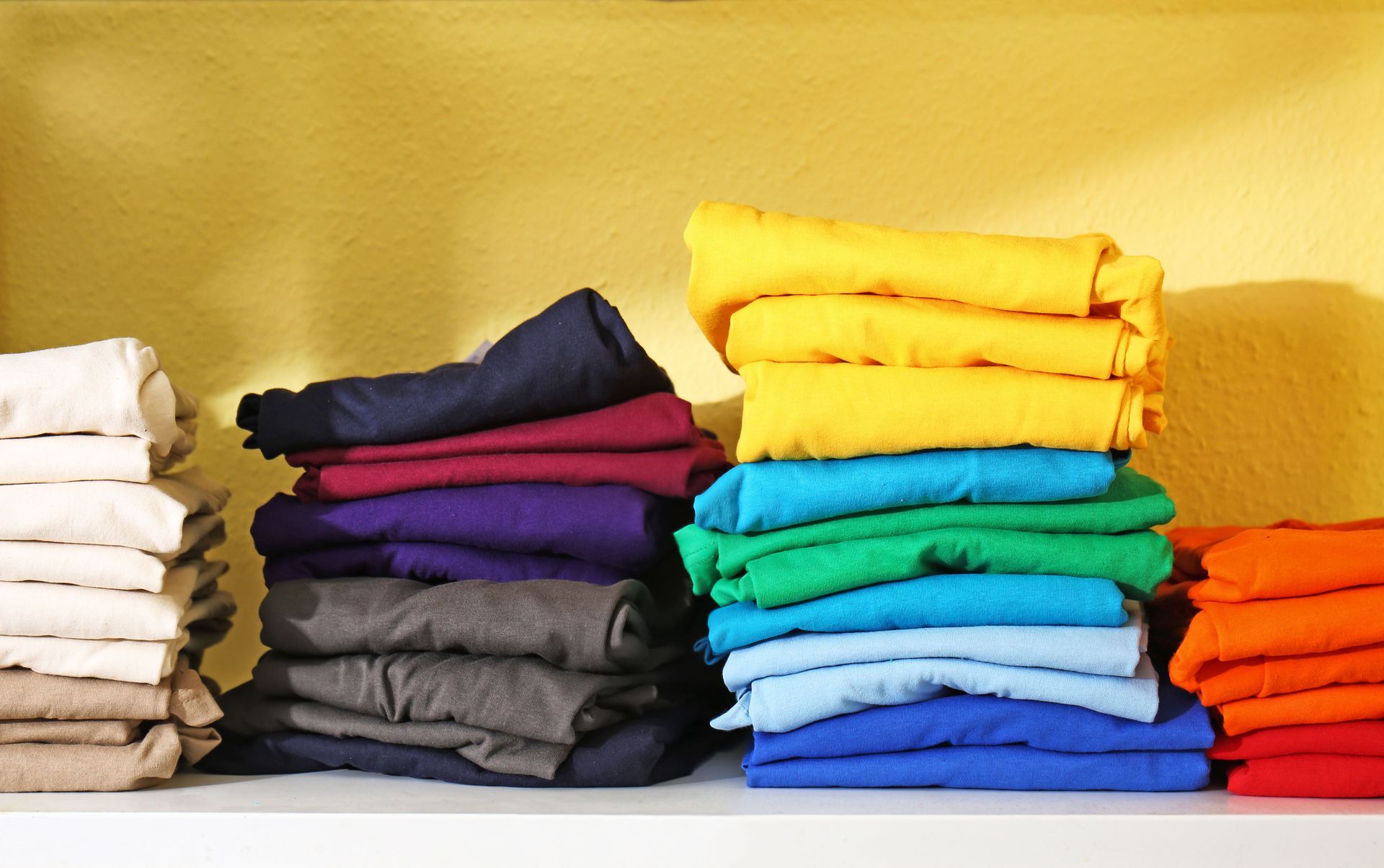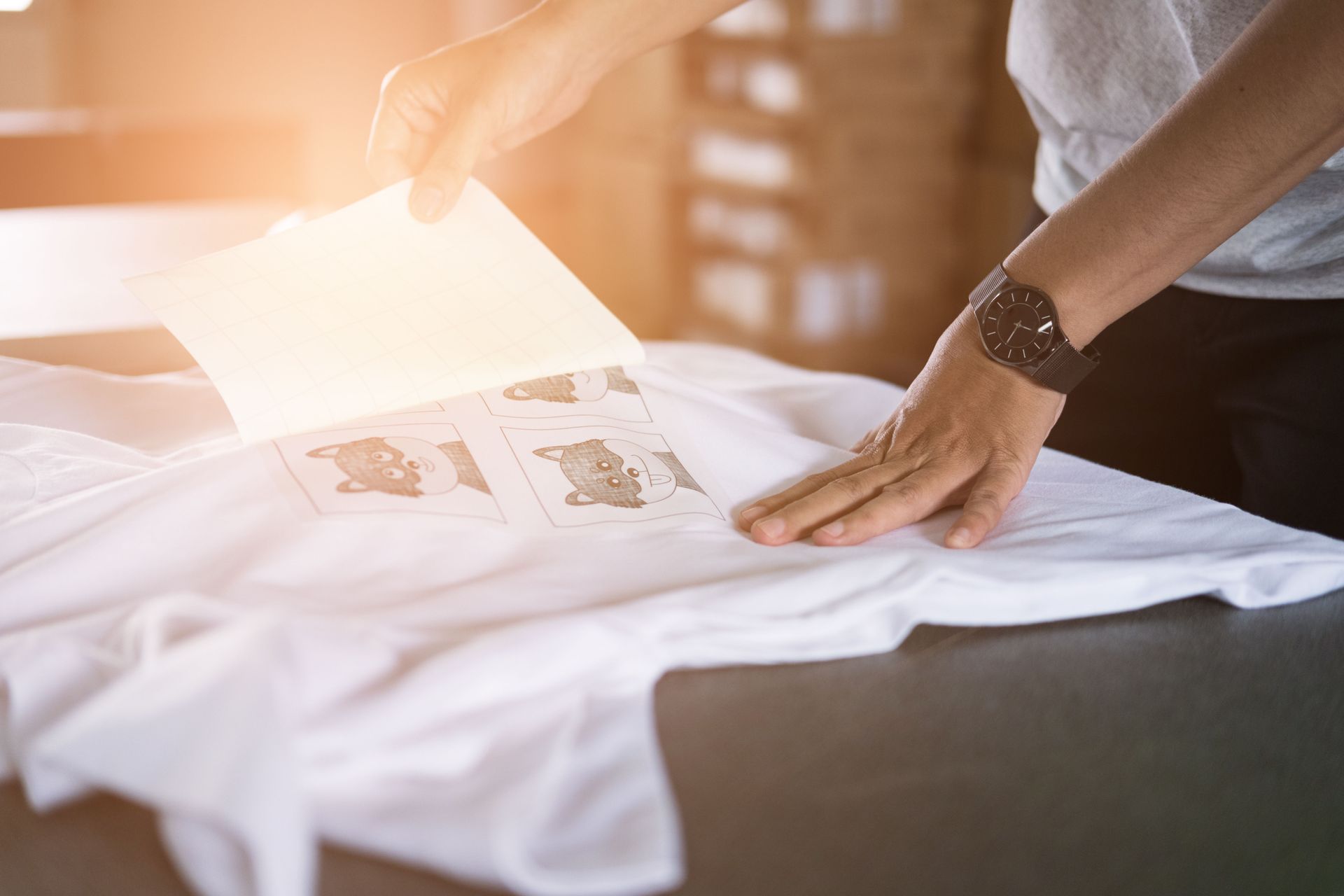How Screen Printing Services Use Layers in Designs
Screen printing, a classic method for creating vibrant and durable designs on various materials, has roots that stretch back over a thousand years. According to My Modern Met, the earliest recognizable form of screen printing appeared in China more than 1,000 years ago during the Song Dynasty. This tried-and-true technique relies heavily on the use of layers, involving the process of pushing ink through a stencil or mesh screen onto a substrate, often fabric. One of the most fascinating aspects of screen printing is how layers are utilized to enhance design complexity and depth. Let's dive into the intricacies of layering in screen printing and understand its impacts on final designs.
Layering for Multi-Color Designs
Each color in a screen-printed design typically requires a separate layer. This means that if a design has multiple colors, each color is printed one at a time with its own screen. By carefully aligning each layer, known as registration, screen printers can create intricate and colorful designs that are both vibrant and durable. This layering process not only allows for a wide range of colors but also ensures that each color is as vivid as possible.
Creating Texture and Special Effects With Layers
Adding layers is about more than just accommodating different colors; it also involves creating textures and effects that aren't possible with a single layer. For instance, certain designs may incorporate gradients or patterns that require multiple layers to achieve. According to Hunt The Moon, multiple layers can be used in screen printing to increase depth. This technique gives the final product a more multi-dimensional look and feel, making the design stand out in ways that single-layer prints cannot.
Durability and Quality Through Layering
Apart from visual depth, layering can also improve the durability and quality of the print. Using multiple layers of ink can enhance the durability of the design, especially on materials that undergo heavy use, like T-shirts or athletic gear. The additional layers add thickness and strength to the print, ensuring that it stays intact even after many washes. Layers can also be used to add special effects, such as metallic finishes or raised textures, that offer both aesthetic and tactile enhancements.
The use of layers in screen printing is a fundamental aspect that elevates the complexity, durability, and overall appeal of the final design. From managing colors to creating texture and enhancing durability, each layer plays a crucial role. As you can see, layers are not just about adding more colors but about enriching the design in numerous ways. For anyone looking to create stunning, multi-faceted prints, understanding the importance of layering in screen printing is essential. Be sure to reach out to Diggit Graphics today for more information on our professional screen printing services.




Share On: